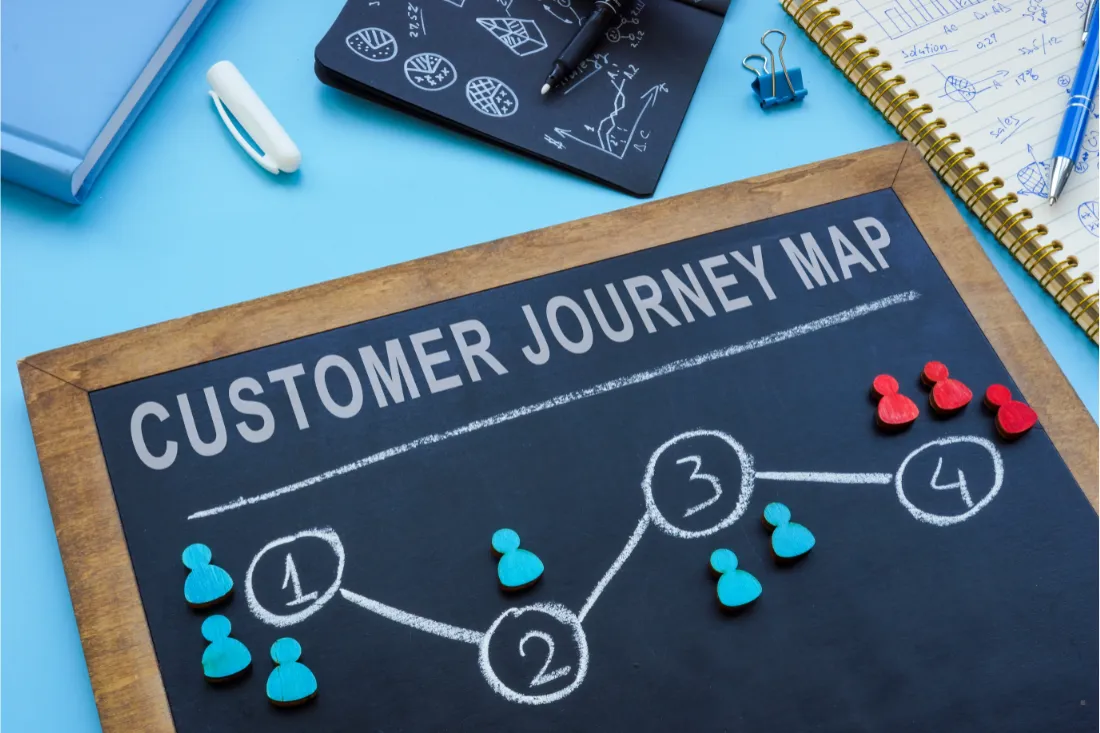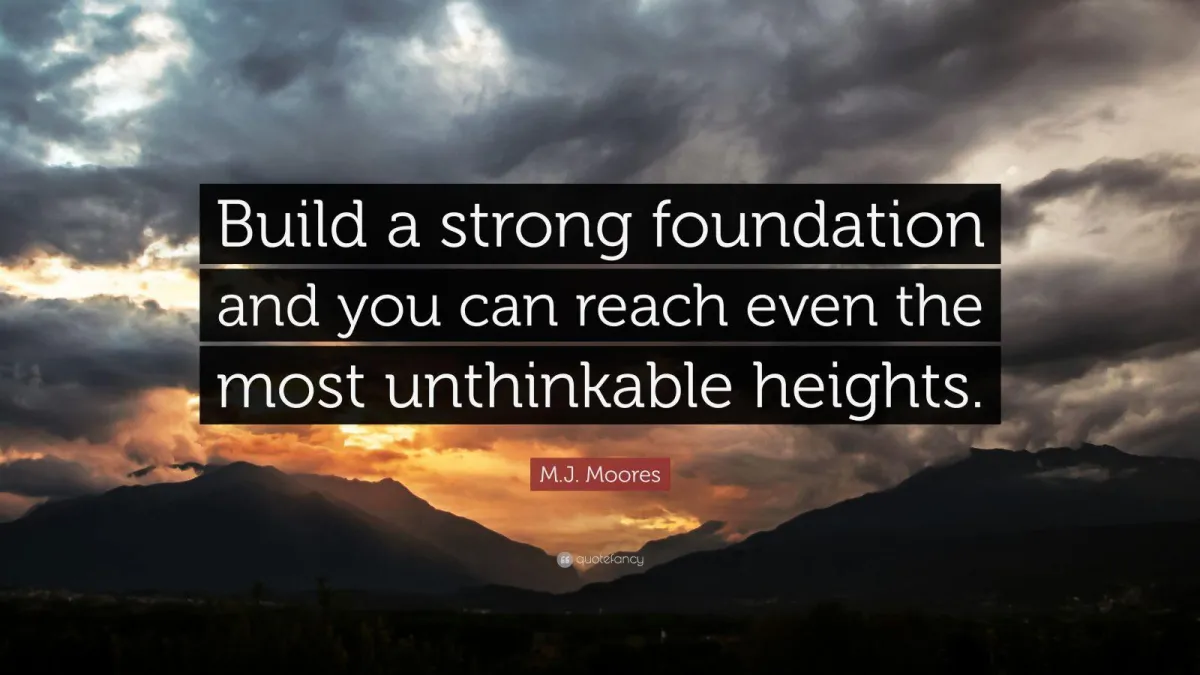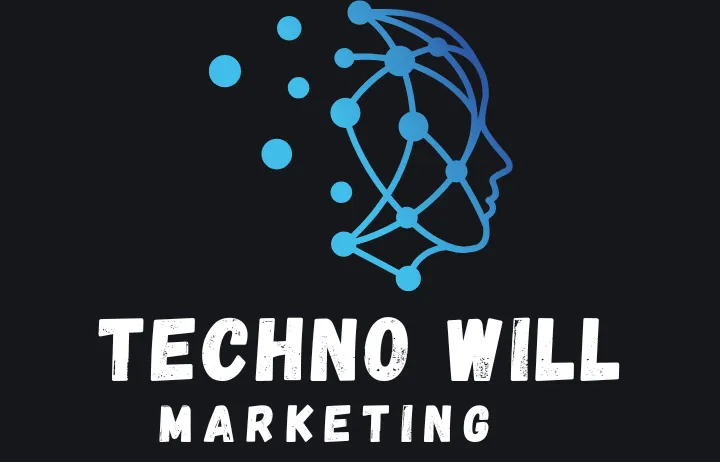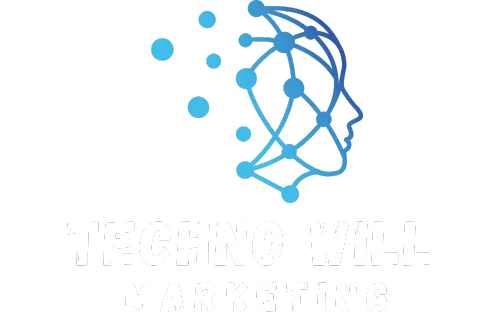The Fundamentals of Marketing and Why Most Business Marketing Fails

Here’s the “foundation” for most businesses’ marketing. Guess how long it holds up?
It happens all the time.
Business owners spending thousands of dollars on advertising, only to see it fail after sometime.
Then they go and blame it on the marketer, the advertisement platform (Google, Facebook, etc.), or whatever.
But, what they don't realize is their marketing foundation was faulty to begin with.
If you want to succeed in marketing, you must understand how to build a strong marketing foundation.
The success of your marketing will depend on how strong this foundation is.
If it's weak, then your marketing will fail overtime.
But if it's strong, your marketing will go a long way.
Timeless Principles

Everything complex in life is built on a foundation.
Take a building, for example.
For it to stand, it needs something strong beneath it, as shown in the figure above.
In most cities, a building’s foundation is hidden underground, out of sight.
But whether you see it or not, it’s still there, keeping the building up.
If the foundation is weak, you can't build tall, or else the building will collapse.
How high a building can go is entirely dependent on how strong the foundation is.
On the other had, when the foundation is strong, you can keep stacking higher and higher.
The higher you go, the stronger that foundation must be.
The same is true when building a bridge, a plane, a boat, and for this discussion, marketing.
So, if you want your marketing to stand tall, then it's foundation must be strong.
Marketing Foundation

The foundation of marketing is built around how people buy, or the customer buying journey.
Almost every person follows a similar path when making a purchasing decision.
How fast they move through this process depends on several things like how expensive the product is, how well recognize your brand is, how urgent is the problem the customer has, how much money the customer can spend, how many people are involved in the buying decision, and other variables we may or may not be aware of.
So, what steps do customers take when buying something?
There is a simple way to find out.
Just look deeply at how you make purchasing decisions.
What do you do?
Do you quickly jump into buying something, or do you do research first?
If you are like most people, you probably spent time reading reviews, checking websites, and comparing your options before deciding.
Ok, enough with the self-reflection.
Let's see in general how people make buying decisions. The following are the key steps people make when deciding on purchasing a product/service.
A problem, concern, or desire arises: This is where every buyer’s journey begins. The only reason sales and marketing exist is because people want to fix something, avoid something, or gain something. Your job as a marketer or business owner is either to create awareness of that need or to be present when they’re already aware and ready to solve it.
Goes to the best place the feel like they would fix or learn how to fix their problem or fulfill their desire: Awareness is the spark. Once a person becomes aware, they will look for the best places to fix the problem or fulfill the desire. That might be asking a family, friend, or neighbor for suggestions. Or that might be a quick Google search on their phone. Or maybe it is a walk into your store.
Does research: Once someone discovers your business, they don’t buy immediately, they research. They’ll explore your website, read your reviews, browse your social media, and check your business profiles. Some might even look at offline materials like brochures or flyers. What are they really searching for? Trust, credibility, and a clear reason to choose you over everyone else.
Looks what other options or alternatives: You won’t be the only business they look at. Buyers compare you to other providers, alternative solutions, and even the option of postponing or skipping the decision entirely. In other words, you got competition to overcome, and inaction is one of the players.
Takes time before making a decision: Customers today don’t make decisions on the spot like they used to years ago—back when their only source of information was the salesman who “knew it all.” Now, with the internet literally in their pockets, people take their time. The bigger the investment, the longer the decision takes—sometimes hours, sometimes weeks, even months. But even with smaller purchases, hesitation is common. People will overthink a $5 Amazon item.
See's how you treat them: This one’s interesting, many business owners don’t realize that customer service can be just as important, if not more important, than the product or service itself. Especially when your competitors are just down the street. Take too long to respond, sound dismissive, or act unprofessionally, and your customer disappears—straight into the black hole of lost opportunities.
So now that we understand customer buying journey, the question is: how do you build a marketing foundation that actually works? Simple — you meet your potential customer at every step of the journey.
Building a Foundation that Works


Mirror your customers
To build a successful marketing foundation, all you have to do is build your marketing around the way people buy.
Many businesses rush into promoting their business and advertising without doing anything to do stuff like builds credibility, stand out, improve customer service, and other things that align with the customer buying journey.
But, according to the customer buying journey, people are going to do research, compare you to others, observe your customer service and so on.
So, again, if you want to succeed, see how the customer buys and give the what they are looking for.
Here are the things you should be doing to align yourself with the customer buying journey:
Stir the problem/desire or create it:
Every product or service exists to solve a problem or fulfill a desire. Your job is to either stir that problem or desire (create urgency) or make customers aware of it—often by giving them new information or a fresh perspective they hadn’t considered before.
There are countless ways to create urgency or shift someone’s perspective—it’s an art in itself—but here’s the golden rule: always start with the problem or desire, not the solution.
Most businesses jump straight into talking about their service, but people don’t buy solutions—they buy because of a problem they want gone or a desire they want satisfied.
If you start your message where they start—at the problem or desire—you’ll capture attention. And in the online world, attention is gold.
Be exactly where your customers are searching:
Where do people go when they need a product or service? Google search? Social media? YouTube? What keywords are they using to find it?
If you show up in the right place, at the right time—where the intent is highest— your chances of getting the business increases.
Show that you're trustworthy and credible:
If people are going to research your business or industry, why not give them the information they’re looking for? Too many business owners fail to provide content that makes them appear authoritative and trustworthy. And if you don’t offer it, people will either doubt whether you’re legitimate—or they’ll choose someone who seems more credible. (Dare take those chances?).
So, what kind of information should you provide? Anything that builds trust, demonstrates expertise, and answers the questions your customers are already asking—think FAQs, how-to guides, tips, tutorials, case studies, or helpful videos. The goal is simple: make it easy for them to see that you know your stuff and can be relied on.
Stand out from the crowd:
When customers compare you to your competitors, your goal should be: don’t blend in. Most businesses sound the same, look the same, and say the same things. Because of this they end up just another business in the sea of countless competition. No reason to be chosen.
But you can shift those odds in your favor simply by sounding different. Why leave the decision to chance when you can strongly influence it?
You can do that by having a unique offer, offering highly valuable content that no one else is providing, or simply by just sounding different (not saying the same things in the exact same way your competitors are).
There’s a thing called copywriting which is basically the art and science of capturing attention and persuading people to take action. Mastering the key principles of copywriting will give you the tools to stand out, connect with your audience, and ultimately drive more customers to choose you over the competition.
Stay top of mind by following up:
People most often than not take their time decisions before ever making a purchase. During this time, you must be following up or you risk being forgotten. Especially in today's time where people are very busy, distracted, and overwhelmed by the endless choices. By sending follow ups, you are staying top of mind. And staying top of mind = more sales.
Quick note on follow ups: The way you follow up matters—a lot. Following up correctly isn’t just sending a quick text or a generic email; it’s an art. Done right, follow-ups remind your potential customers that you exist, build trust, and keep you top of mind without annoying them. Done wrong, they can feel pushy, salesy, or worse—annoying, which can make customers ignore you or even go with someone else.
Respond fast and great customer service: Once a person is ready to buy or just want to talk to someone when they have questions/concerns, then you must be quick to respond and respond professionally. Many businesses lose leads this way by not responding quick or by being rude or unprofessional.
Conclusion

A house is only as strong as its foundation and the same goes for your marketing. Build a weak foundation, and everything else can crumble. Here is a quick overview of what we talked about on this page:
Every strong structure—whether a building, a boat, or a marketing system—needs a solid foundation. In marketing, that foundation is rooted in buying psychology: understanding how customers think, what drives their decisions, and the path they take before making a purchase.
Here are the basic steps people take before making a buying decision:
A problem, concern, or desire arises.
Goes to the best place the feel like they would fix or learn how to fix their problem or fulfill their desire.
Does research.
Looks what other options or alternatives.
Takes time before making a decision.
See's how you treat them.
To build a marketing foundation that stands the test of time, you just have to mirror or intercept the customer at every step of the way:
Stir the problem/desire or create it.
Be exactly where your customers are searching.
Show that you're trustworthy and credible.
Stand out from the crowd.
Stay top of mind by following up.
Respond fast and great customer service.
With a strong foundation in place, your marketing doesn’t just have a better chance of succeeding—every dollar you invest works harder. That means your dollars stretch further, results come faster, and growth starts to snowball.
So, now that you understand foundation is key to marketing, how exactly do you build a marketing system or strategy that will make your business succeed? Stay tuned.
Want to Know More?

Ready to take your business to the next level? If so, click the button below and let's schedule a quick call and make this happen!

Facebook
Instagram
LinkedIn
Youtube